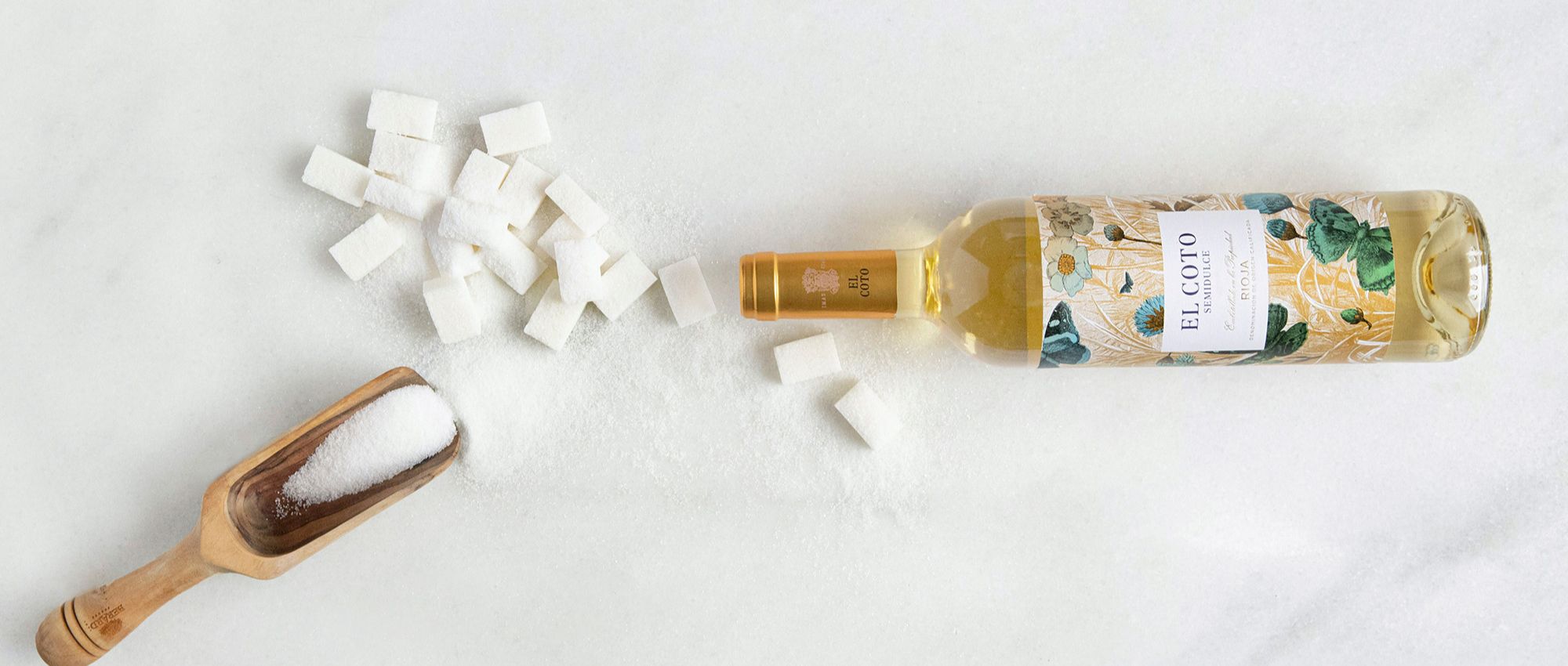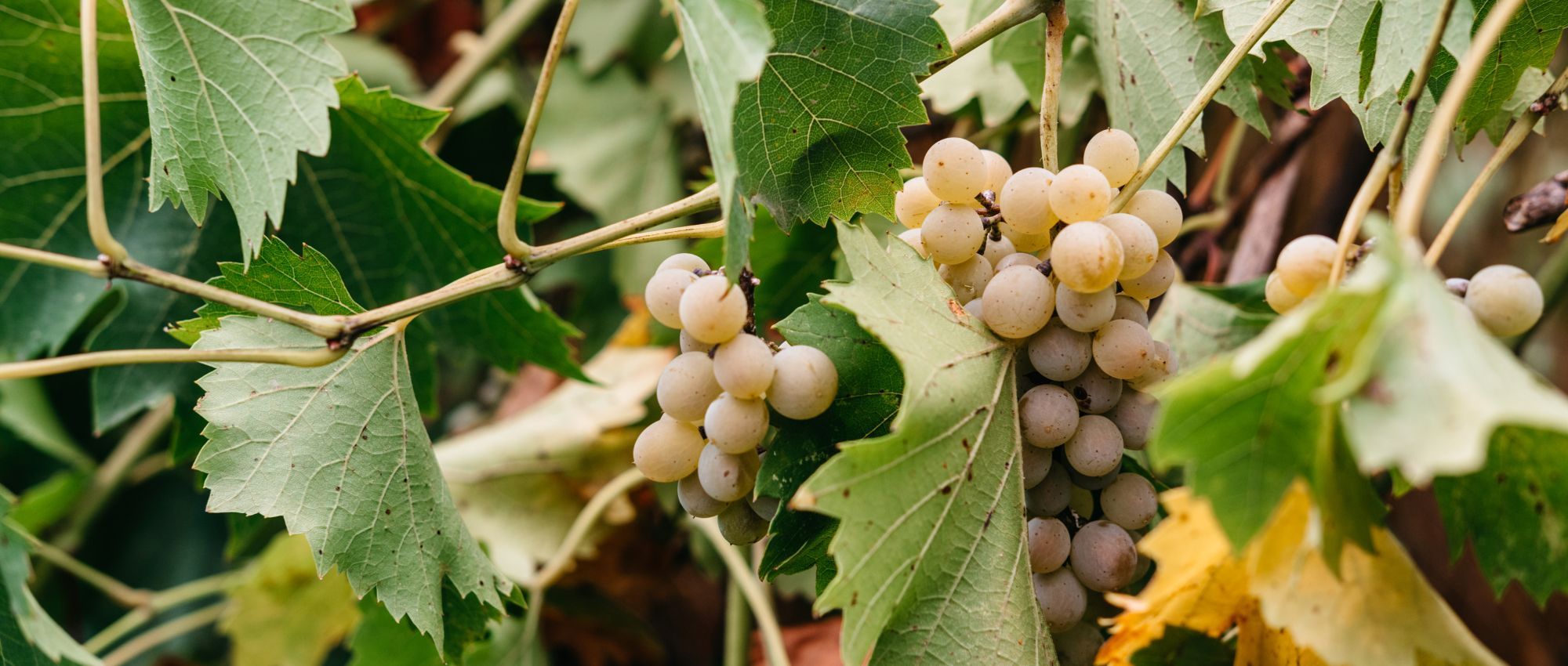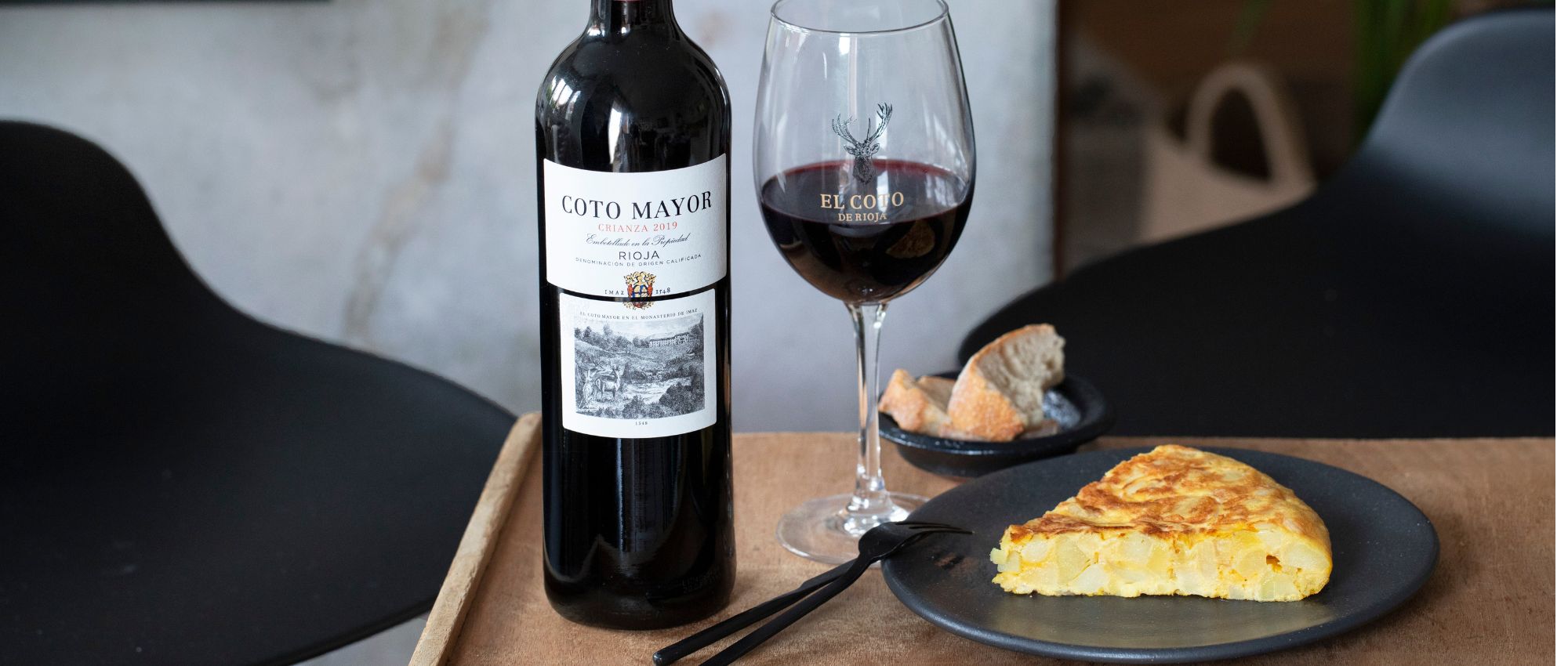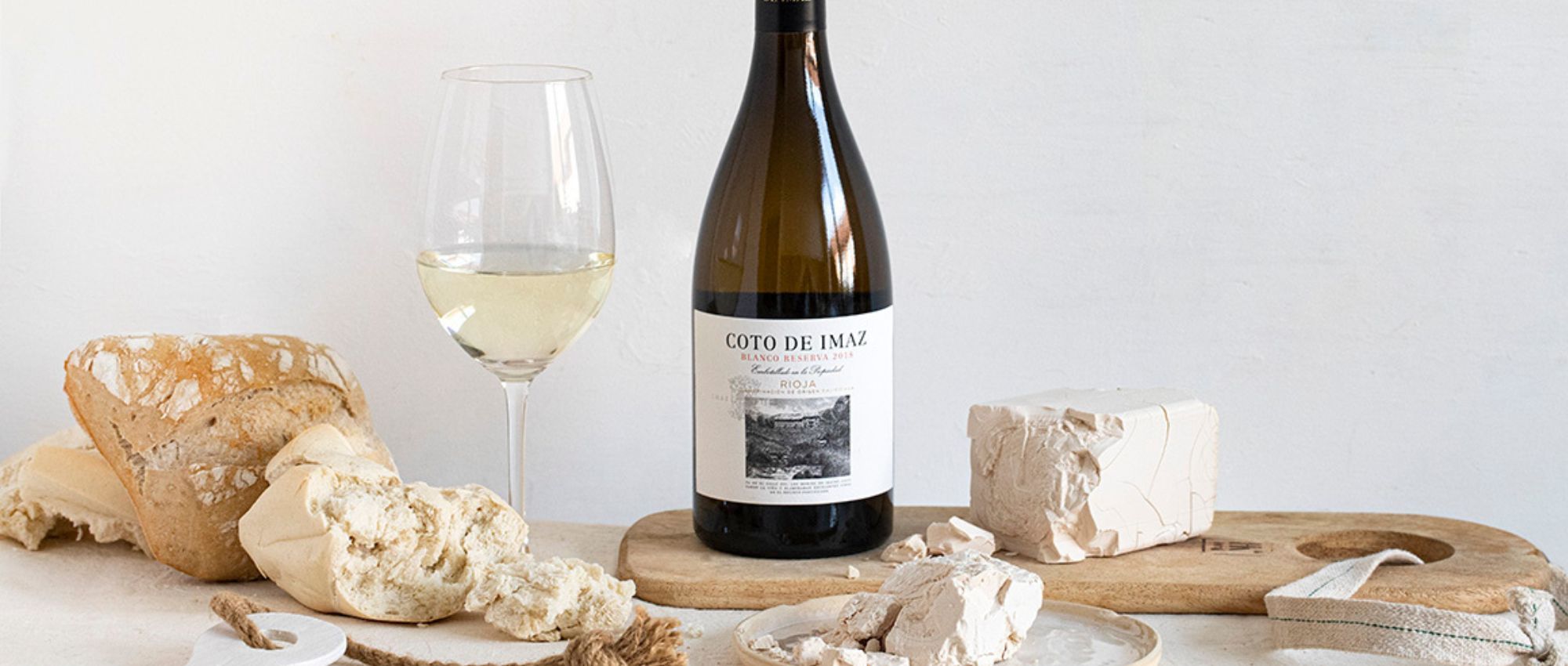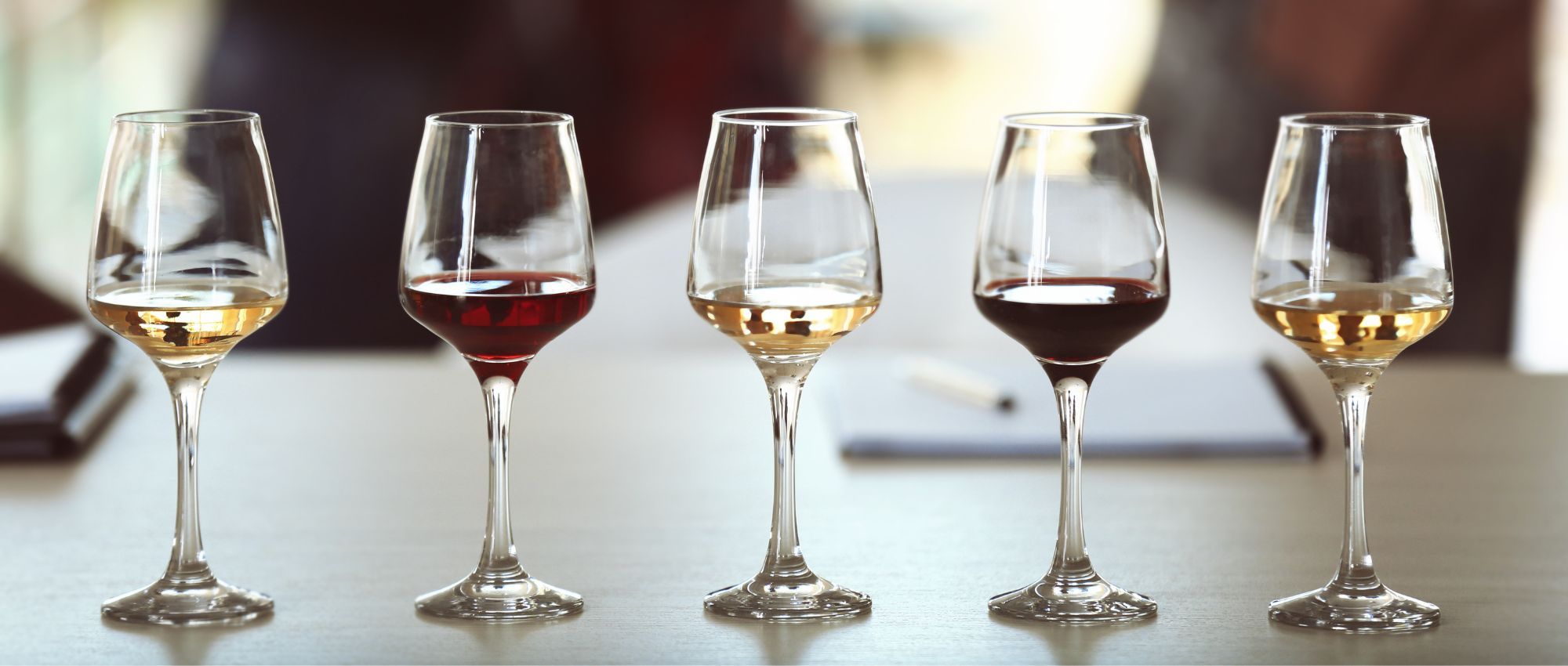
12 HEAD-SCRATCHING WINE DESCRIPTIONS
Terms such as “cat’s pee” or “wet dog” are commonly used by sommeliers to describe the aroma and taste of wine, yet to wine beginners, these expressions are likely to come across as a trifle odd. In this article, we’ll tell you about some of the strangest wine descriptions you’ve ever heard and explain what they mean.
Wine tasting is famous for having rather peculiar terminology. Wine experts, sommeliers, critics and wine writers use descriptive language to convey what makes a bottle of wine unique. Some of these descriptors can be quite ludicrous.
If you’re a beginner in the world of wine, at first, most wines will taste… like wine. Once you start trying different varietals and get to compare their aromas and flavours, you’ll begin to understand the nuances of each type. If you need help understanding how to taste wine, we have a series of YouTube classes with quick and easy guides. Here’s the first one!
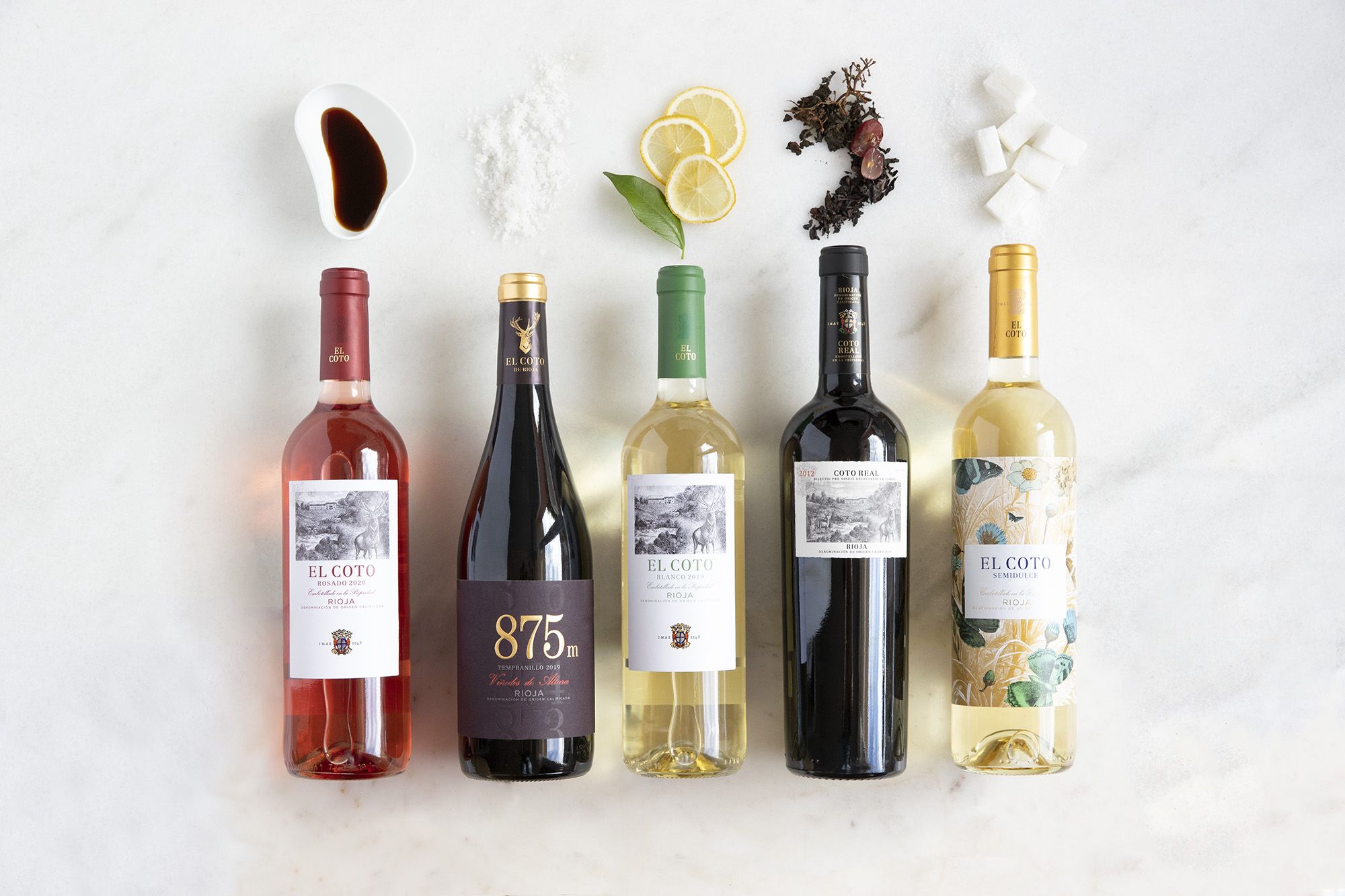
Aromas of wine
Each wine has a variety of primary aromas that come from grapes (fruity, floral, herbaceous, earthy or spicy), secondary aromas (such as walnutty or buttery notes), which derive from the wine-making process, and tertiary aromas (such as vanilla or cocoa), which come from the ageing stage in barrels or bottles.
Sometimes, experts like to get creative with the way they describe these tasting notes. Some descriptions are intended to convey the essence of the wine or the feeling of a glass of wine. For example, a wine critic might refer to some of them as “intellectually satisfying”. Then there are some wine descriptions that capture their aroma, such as the aforementioned “cat’s pee”.
Today’s sommeliers are usually much more prosaic, knowing that the average wine drinker will be unfamiliar with the more esoteric and poetic side of wine tasting. However, it’s not uncommon to hear some of these absurd-yet-accurate descriptions at tastings, restaurants or even while enjoying a glass with friends.
Read on to see whether these are the strangest wine descriptions you’ve ever heard. We’re sure that some will catch you out!
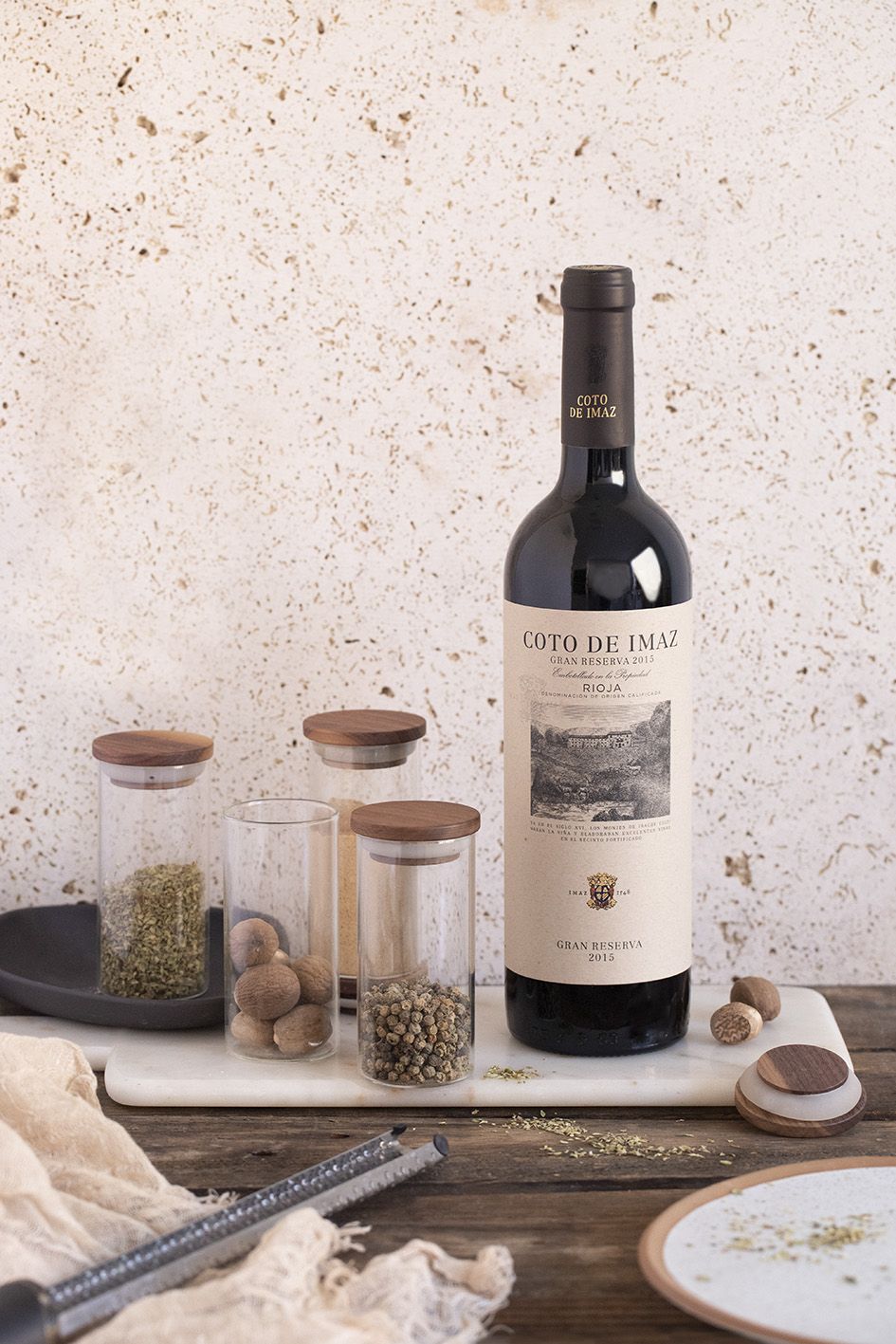
The strangest wine descriptions
- Mineral wine. This is a term that is becoming more and more common in tasting notes and on wine bottle labels. Wines that are described as mineral also tend to be labelled as elegant, lean, pure and acidic. They have a wet-stone taste and a calcareous texture. Some say the term only applies to white wine, but it can also be used for reds.
- Elegant wine. Elegant wines convey a rich variety of sensations and emotions both on the nose and in the mouth, striking a perfect balance. Complex aromas and flavours of fruit, wood and from ageing, but in perfect harmony. One example of an elegant wine is Coto de Imaz Gran Reserva, described by our winemakers as “a ripe and elegant wine with a changing and subtle aromatic richness”.
- Cat’s pee. This is one of the most attention-grabbing turns of phrase — and not exactly for sounding appealing. Despite how it sounds, there are experts who use this descriptor when talking about a very high-end wine. The molecule 4-methoxy-2-methyl-2-mercaptan butane is responsible for this acidic, funky, pungent aroma, albeit with a very low perception threshold.
- Wet dog. At different stages of the vinification, an organoleptic defect may arise that cancels out the fruit and varietal aromas of the wine. It’s a generally non-positive term to refer to an aroma that has been produced after a wine has been stored in the bottle for a long time.
- Smoke taint. Young wines made with the Syrah grape, which is grown around the world and used for red wine, have a smoky aftertaste. This is caused by sulphur compounds residing in the wine, and it’s not a problem if the aroma is not very strong.
- Fleshy wine. Fleshy wine is characteristic of wines that have a greater density and body in the mouth. You could say that it has more to do with touch than taste. The geographical conditions or the varieties used to produce the wines can contribute to this fleshiness.
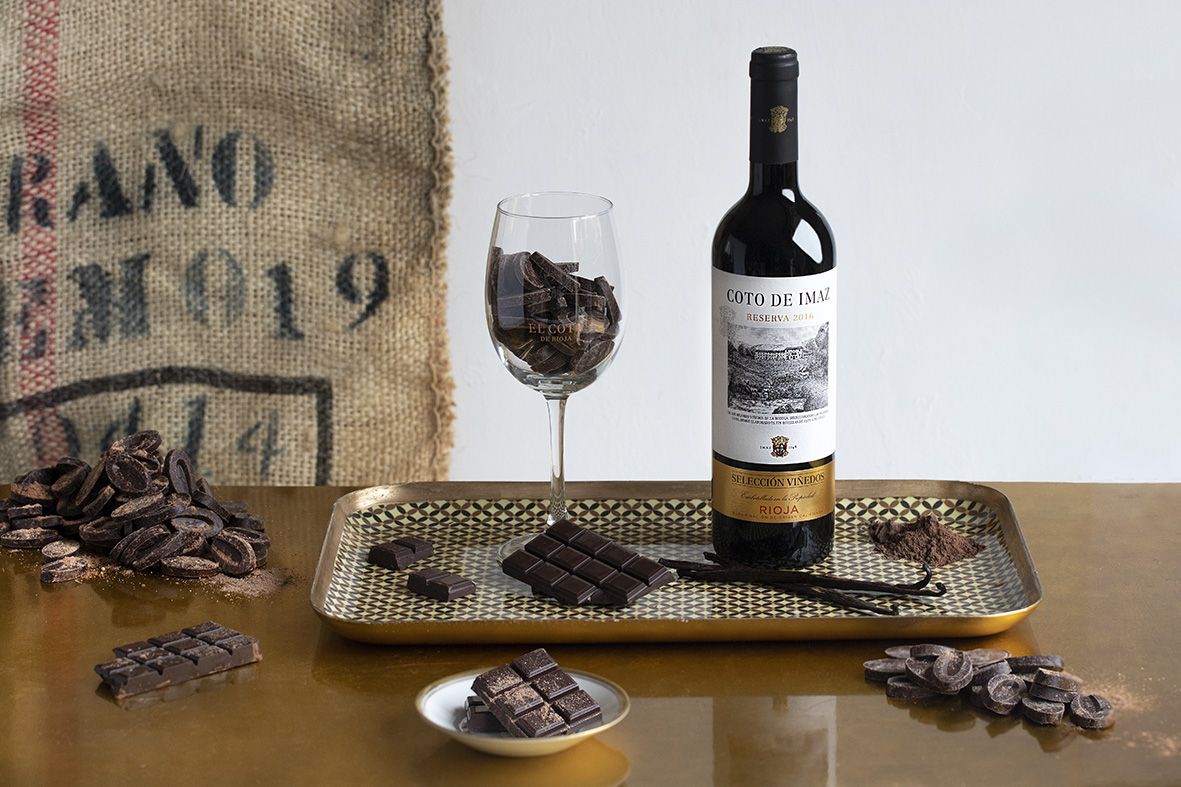
- Velvety wine. Velvety is an adjective used to convey the texture of the wine. It describes wines that are smooth and don’t dry out your mouth, while also being dense, especially when it comes to red wines. Coto de Imaz Reserva is an example of a velvety, yet fleshy wine, with mature tannins and notes of fine cocoa.
- Nail polish remover. Some acids are found naturally in grapes, while other acids are created through the wine-making process. In most cases, these are good acids, but if imbalanced, they can cause problems when drinking. A smell of nail polish remover in wine is due to ethyl acetate, which is what gives the wine its perceived fruitiness. Yet too much of this acid in wine creates pungent aromas that, if combined with too much oxygen, produce a vinegary odour.
- Wet soil. This aroma, also known as forest floor, is found in ripe and full-bodied red wines. It is common in the Merlot and Cabernet Sauvignon grape varieties. This earthy aroma could be qualified as plants and leaves fallen to the damp forest floor, blended with mushrooms and soil.
- Robust wine. This portrays a wine that is intense on the nose and in the mouth, with lasting intensity and above-average quality. In other words, it stimulates the taste buds in several areas at once. To experts, these wines are reminiscent of hide and wet leather. This aroma often develops during bottle ageing.
- Noble rot. Botrytis cinerea, better known as noble rot, is a fungus that positively affects grape vines. A greyish layer of mould covers fruits and vegetables when the fungus settles on them. But under specific circumstances, such as an environment with wet mornings and dry, sunny afternoons, and usually on white grapes, it produces a characteristic flavour that is enjoyed by both winegrowers and wine lovers. The taste is reminiscent of sweet quince and dried citrus fruits.
- Brett. Brettanomyces yeast was first discovered in beer in 1903 and in the fermentation of wort in 1921, yet it was not until 20 years later that it gained relevance in the world of wine. It is commonly found in wineries and can cause wines to deteriorate by producing volatile phenolic compounds. Wines infected with brett have a subtle hint of fruit and a dry, metallic aftertaste. The brett may smell different depending on the wine due to the proportions of yeast in them.
Did you know any of these descriptors? Now you know a little more about the most unusual wine vocabulary, we invite you to keep reading other curious facts about the world of wine-growing:
Finally, don’t forget to stop by the El Coto de Rioja online store, where you’ll find a great selection of top-quality Rioja wines.






